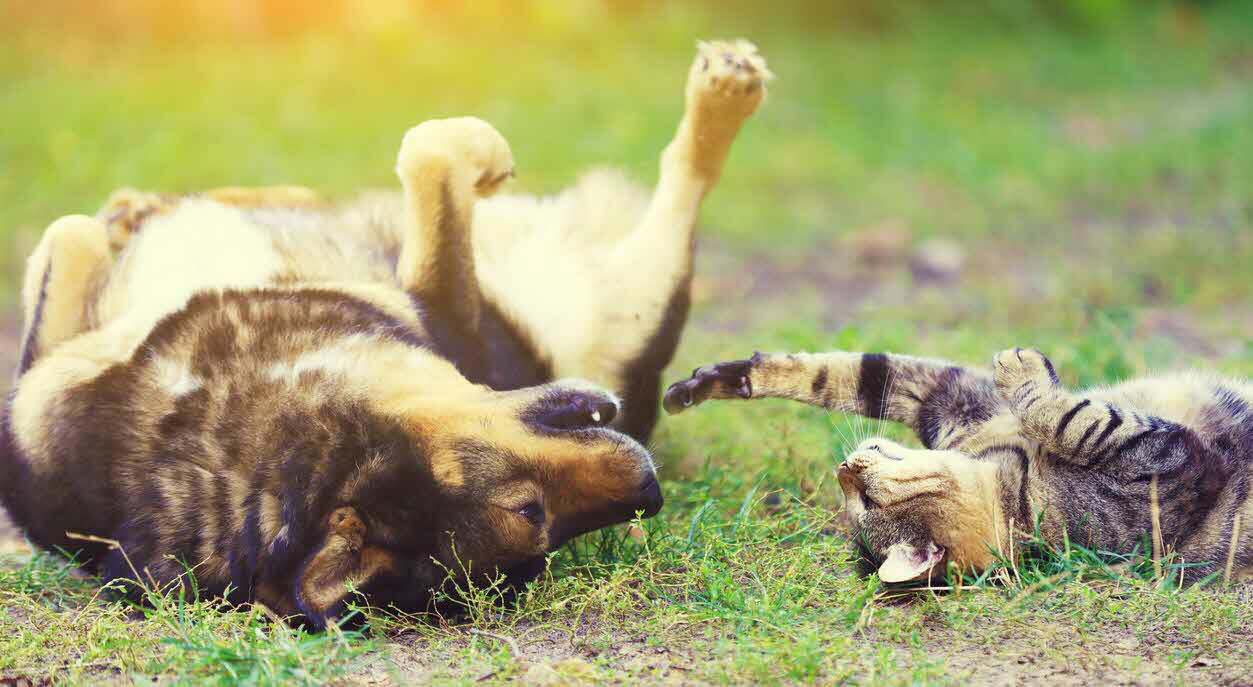
As the weather warms up, flowers begin to bloom, baby birds appear and winter coats are packed away. Spring heralds increased activity across all animal species as winter becomes a distant memory. Unfortunately, this also means a period of increased danger for our pets. Ticks, snakes, fleas, and insects reappear and common spring activities like laying snail or rat bait can also present dangers. It’s important to know what to look out for, and how to keep your pets safe.
Ticks
Although there are many different kinds of ticks which can affect pets, paralysis ticks are the most dangerous. Paralysis ticks occur down the east coast of Australia including the north-east of Tasmania. These ticks contain a toxin which is released when they feed on a pet, causing progressive paralysis and, if untreated, even death. Pets in at-risk areas of Australia should be on preventative tick products and checked daily by running your hands over their body, feeling for any unusual bumps. Particular attention should be paid to the head, neck (including under the collar) and between the feet. Pets who travel to at-risk areas should also be given tick prevention and checked daily during the visit.
Snakes
The common saying that snakes are more afraid of you than you are of them, holds true. Unfortunately, many dogs and cats have no fear of snakes and take great pleasure in chasing and hunting them. Reducing the risk of coming across a snake can be achieved by keeping your lawn short, removing piles of rubbish, keeping dogs on a leash when walking in the bush or near water, and keeping cats indoors with access to an enclosure that is snake proof.
Fleas and insects
In the warmer parts of Australia, fleas are a year-round nuisance. Fleas and other insects breed and become more active during the warmer months. Pets can be protected from fleas by using preventative treatments, keeping the environment such as bedding and kennels free from fleas and ensuring all pets in a household are protected against fleas to break the lifecycle.
Garden dangers
The most common cause of pet poisoning is rat bait. Most of the newer generation of rat baits are very strong and likely fatal if untreated. Immediate treatment from a veterinarian is recommended if you suspect your pet has ingested rat bait, however, prevention is always the best cure. If you have cats or dogs, avoid using rat baits if possible.
Snail baits are another common cause of poisoning in pets. If your pet ingests even a small amount of snail bait, it can be fatal. Ensure you take your pet immediately to the vet if you suspect it has ingested snail bait. As with rat bait, don’t take the risk, and don’t use snail baits which contain metaldehyde if you have pets.
